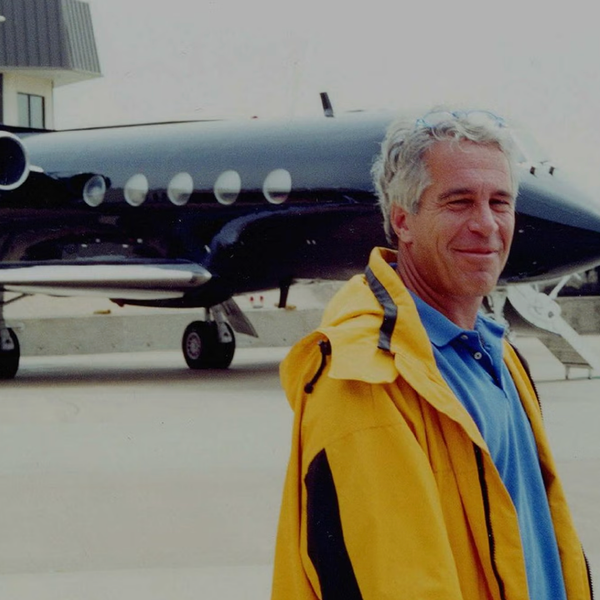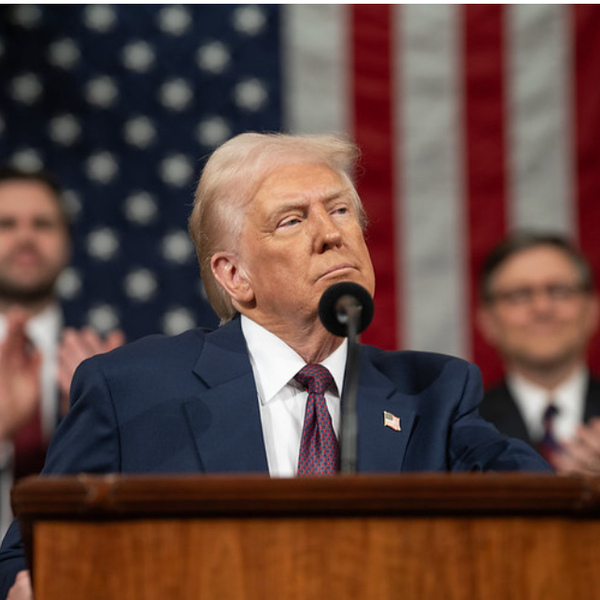In Disrupting Radical Group’s 2012 Plans, FBI May Have Foiled Farook’s Earlier Plot

By Cindy Chang and Victoria Kim, Los Angeles Times (TNS)
LOS ANGELES — At the shooting range, Miguel Alejandro Santana selected an M4 assault rifle.
His friend, Ralph Kenneth Deleon, filmed him as he pulverized the target. Then Deleon took a turn.
Later that day, according to court records, they discussed the roles they would take on when they joined an Islamic militarist army in Afghanistan.
Deleon said he wanted to be on the front lines. Santana wanted to be a sniper. A third friend also preferred the front lines in the fight against American soldiers.
On the subject of suicide bombing, Santana said: “If I’m gonna do that, I’m gonna take out a whole base. Might as well make it, like, big, ya know?”
As they solidified their plans, the three sometimes spoke by Skype with Sohiel Omar Kabir, a friend who was already in Afghanistan and laying the groundwork for them to join him.
The motley crew of aspiring militants from Southern California’s Inland Empire region was arrested in November 2012 during final preparations to go abroad. One man, it turned out, was a confidential informant for the FBI and had recorded many of the group’s conversations.
In foiling the Kabir plot, the FBI may have unwittingly disrupted a more dangerous plot — one that would have hit much closer to home.
Syed Rizwan Farook, the man who mowed down dozens of his co-workers on Dec. 2 in San Bernardino, was planning a deadly attack in 2012 with an accomplice, Enrique Marquez.
Marquez recently told authorities that he abandoned the plot partly because of the arrests of Kabir and the others, according to a federal criminal complaint released Thursday.
The two groups of plotters did not know one another. But all were young men from a sprawling, unglamorous region east of Los Angeles who frequented local shooting ranges, soaked up radical Islamic literature and were plotting to kill Americans.
Farook and Marquez planned to target Riverside City College and drivers on the 91 Freeway with pipe bombs and rifle fire.
Even after standing down, Farook held onto the rifles and explosive powder that Marquez had purchased.
Three years later, Farook and his wife, Tashfeen Malik, used those same rifles to kill 14 people and injure 22 before dying in a shootout with police.
Marquez, who was not involved in the planning of the Dec. 2 attack, was arrested Thursday on charges that included providing material support to terrorists.
With the rise of the Islamic State and its sophisticated social media messaging, homegrown terrorists do not fit a single profile, said Brian Levin, director of the Center for the Study of Hate and Extremism at California State University, San Bernardino.
“Could it be someone like Kabir? Absolutely. Or someone like Farook,” Levin said. “We have such a fluid and wide-ranging terrorist threat.”
Kabir had been at loose ends since he began suffering from epileptic seizures and had to end his brief stint in the Air Force.
At a hookah lounge in the beginning of 2010, he met Deleon, eventually introducing his new friend to Islam.
Deleon, who was born in the Philippines, had been a devout Catholic who attended church every Sunday. His family disapproved of his religious conversion, which drew him closer to his new Muslim circle.
Santana, who met Kabir through mutual friends, was mistreated by his stepfathers, had flirted with joining a gang and was easily influenced by others. He converted to Islam around August 2010, according to a court document. Even after meeting Kabir, he had thoughts of joining the U.S. military.
Deleon and Santana were in their early 20s, Kabir in his mid-30s.
Federal authorities began tracking the group after Santana was caught with a copy of al-Qaida’s Inspire magazine while crossing the border from Mexico.
The friends were open on Facebook about their interest in Islamic militarism, posting and “liking” videos praising terrorist leaders such as Osama bin Laden and Anwar al-Awlaki.
Using a confidential informant, the FBI infiltrated the circle of aspiring militants.
The informant became a trusted member of the group, accompanying the friends as they prepared for their mission by visiting shooting ranges and a paintball arena.
Kabir, who had fled the war in Afghanistan with his family as a child, went back to the country in July 2012 and began urging the others to join him. The plan was to train in a Taliban camp and then move up to al-Qaida, Deleon and Santana told the informant.
After scrambling to get visas and rustle up enough money, the men were arrested as they were leaving to make their way to the Middle East.
Another friend, Arifeen David Gojali, who was a latecomer to the plot, also was arrested.
Marquez had the same unmoored, slightly hapless quality as Kabir’s followers. After moving in next door, he quickly fell under Farook’s influence, converting to Islam and then to radicalism. Recently, he had been trying to lose weight so he could join the Navy.
Farook was cut from a different cloth. And the second time he decided to launch an attack, he had a new partner — the wife he had met online and married in Saudi Arabia.
Farook, 28, was a Cal State San Bernardino graduate who worked as an environmental inspector for the county. Malik, 29, was an outstanding student who earned a college degree in pharmacy and had recently given birth to a daughter.
Neither caught the eye of counterterrorism investigators.
At their Redlands apartment, the pair amassed a huge arsenal of ammunition and bomb components. Two of the rifles that Marquez purchased in 2011 for the aborted earlier plot proved key.
On the same day that she and her husband used the guns to commit mass murder, Malik pledged allegiance on Facebook to a terrorist force that had not existed in 2012: Islamic State.
Later, Marquez called 911, saying he was suicidal.
“My neighbor. He did the San Bernardino shooting,” Marquez, 24, told the operator. “(He) used my gun in the shooting.”
The charges against Marquez carry maximum penalties of 10 to 15 years in prison.
Santana and Gojali, who testified against the other two at trial, received 10 years and five years, respectively. Kabir and Deleon each received 25 years. The informant, who had a previous conviction for drug conspiracy, received at least $370,000 for his help.
Family members and defense attorneys said the men were not cold-blooded killers but lost souls looking for a purpose in life.
“I think this case is a perfect demonstration of the difference between Farook and his wife and my client and his friends,” said David J. Thomas, who represented Deleon. “My clients were playing video games and smoking pot all day.”
Santana’s attorney, Robert Scott, said his client was “very naive.” The group of radical Islamists became the supportive family he never had.
“Shooting ranges, paintballing, hiking — that’s how you train to be a jihadist?” Scott said.
©2015 Los Angeles Times. Distributed by Tribune Content Agency, LLC.
Photo: People leave flowers at a makeshift memorial after last week’s shooting in San Bernardino, California December 7, 2015. REUTERS/Patrick T. Fallon








